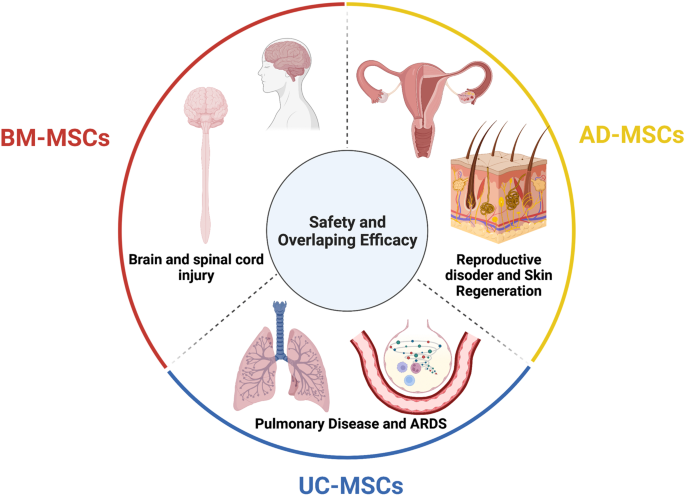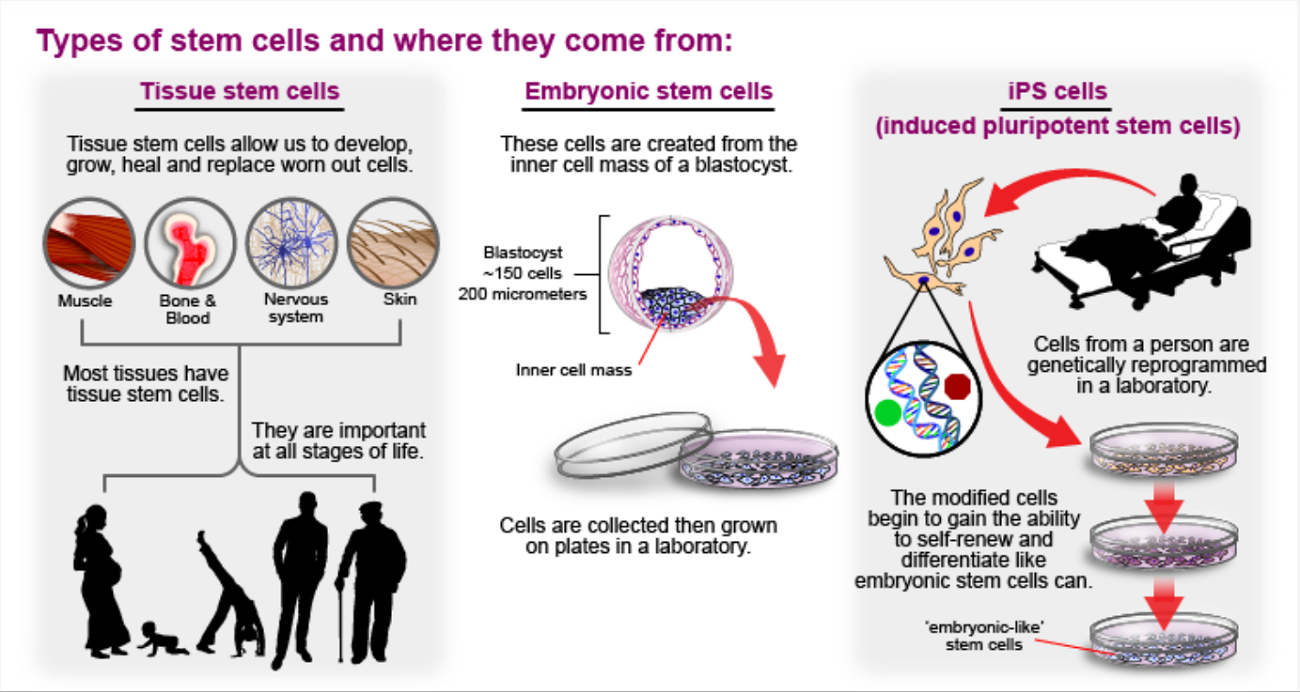Table of Contents

[/image][=video]
[/video]
There are numerous kinds of stem cells. In basic, the term stem cell describes a category of cells that offer rise to other cells (like skin, blood, heart, and muscle mass cells) by duplicating and separating in feedback to chemical signs. Totipotent stem cells appear at the earliest stage of advancement and are the only stem cells which can generate embryonic stem cells and the placenta.
Bone marrow transplant (BMT) is an unique therapy for people with specific cancers or other diseases. A bone marrow transplant involves taking cells that are generally located in the bone marrow (stem cells), filtering those cells, and offering them back either to the contributor (client) or to another person. The objective of BMT is to transfuse healthy bone marrow cells right into a person after his or her own unhealthy bone marrow has actually been treated to kill the irregular cells.
The blood cells that make various other blood cells are called stem cells. The most primitive of the stem cells is called the pluripotent stem cell.
It is the stem cells that are required in bone marrow transplant. The objective of a bone marrow transplant is to cure numerous diseases and sorts of cancer. When the doses of radiation treatment or radiation needed to heal a cancer are so high that an individual's bone marrow stem cells will be permanently harmed or destroyed by the treatment, a bone marrow transplant may be needed.
Hormone Therapy in Wyoming, Michigan
This procedure is usually called rescue. Replace bone marrow with genetically healthy operating bone marrow to avoid more damages from a hereditary condition process (such as Hurler's syndrome and adrenoleukodystrophy). The threats and benefits have to be weighed in an extensive discussion with your health care provider and experts in bone marrow transplants before the treatment.
There are different kinds of bone marrow transplants depending on who the contributor is. The various kinds of BMT consist of the following: The contributor is the individual himself or herself. Stem cells are extracted from the patient either by bone marrow harvest or apheresis (a procedure of collecting peripheral blood stem cells), icy, and after that returned to the patient after intensive treatment.
The benefactor shares the exact same genetic type as the person. Stem cells are taken either by bone marrow harvest or apheresis from a genetically matched donor, usually a sibling or sister. Other contributors for allogeneic bone marrow transplants may include the following: A haploid-identical match is when the benefactor is a parent and the hereditary suit goes to least half identical to the recipient.
Matching includes inputting human leukocyte antigen (HLA) tissue. The antigens externally of these unique leukocyte establish the hereditary makeup of a person's body immune system. There go to the very least 100 HLA antigens; however, it is thought that there are a couple of significant antigens that identify whether a donor and recipient match.
Medical research study is still investigating the role all antigens play in the procedure of a bone marrow transplant. The more antigens that match, the better the engraftment of contributed marrow. Engraftment of the stem cells happens when the given away cells make their way to the marrow and begin making brand-new blood cells.
Menopause Therapy local to Wyoming, Michigan
All people collaborate to offer the most effective opportunity for a successful transplant. The group consists of the following: Health care suppliers that concentrate on oncology, hematology, immunology, and bone marrow transplant. A registered nurse who arranges all aspects of treatment given before and after the transplant. The nurse organizer will offer person education, and coordinates the analysis testing and follow-up treatment.
Professionals who will assist you fulfill your dietary demands prior to and after the transplant. They will certainly function closely with you and your household. Experts who will certainly aid you become strong and independent with activity and endurance after the transplantation. Chaplains that supply spiritual treatment and support. A number of various other group participants will assess you prior to transplant and will give follow-up treatment as needed.

A complete case history and physical test are done, including numerous tests to evaluate the client's blood and organ features (for instance, heart, kidney, liver, and lungs). A person will commonly enter the transplant facility as much as 10 days before transplant for hydration, assessment, positioning of the central venous line, and various other preparations.
For an allogeneic transplant, a suitable (tissue typed and matched) benefactor needs to be available. Voluntary marrow benefactors are signed up in numerous nationwide and global computer system registries.
Contributor resources offered consist of: self, sibling, parent or family member, nonrelated individual, or umbilical cable from an associated or nonrelated person. There are national and worldwide computer registries for nonrelated people and cord blood. Some household members may be keyed in due to the desire to help. These loved ones might or may not choose to have their type registered for use with other recipients.
Regenerative Therapy
Examinations connected to his/her health, exposure to viruses, and genetic analysis will be done to establish the degree of the match. The benefactor will certainly be given instructions on exactly how a bone marrow contribution will certainly be made. When a match for a patient needing a bone marrow transplant is discovered, then stem cells will be collected either by a bone marrow harvest.
Or by an outer blood stem cell collection. This is where stem cells are collected from the flowing cells in the blood. Of the 2, peripheral blood stem cell donations are currently much more common. Cord blood has currently been gathered at the time of a birth and saved for later use.
Navigation
Latest Posts
Menopause Therapy in Wyoming
Hormone Therapy around Wyoming, Michigan
Perimenopause Treatment